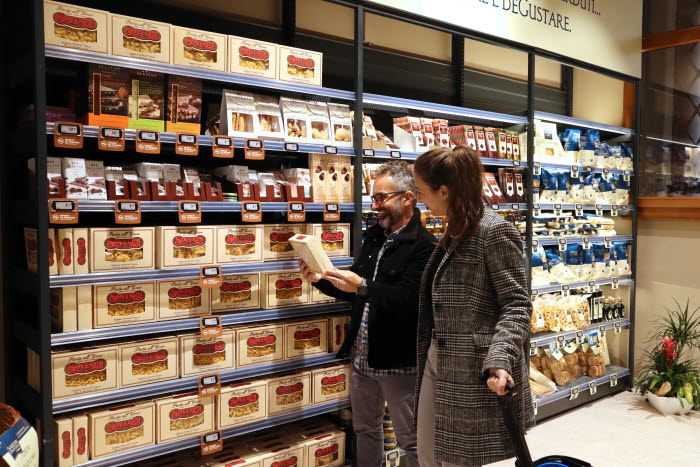
What is Retail Loss Prevention?
In many respects the term ‘retail loss prevention’ does not accurately describe the reality of what it is aiming to do.
Time to consume: 4 min
28 April 2022
By Professor Adrian Beck
Retail Loss Prevention - Introduction
Since the very first retailers began selling their wares to ‘customers’, usually in exchange for money or other tradeable tokens of value, it has been recognised that some of the stock of saleable products is likely to be ‘lost’. This can happen in many ways and be influenced by the type of products being offered for sale. For instance, traders of fresh food may well lose some of their stock because it is no longer saleable due to deterioration in quality. Others can fall victim to crime – customers and staff helping themselves to stock without making payment. In addition, retailers can ‘lose’ some of the value of their stock through errors, such as the wrong price being charged or discrepancies in what has been delivered to them. Over time these various types of losses of stock have been combined into a single term – ‘shrinkage’ or ‘shrink’ and its value is typically calculated through regular stock counts that identify the difference between the amount or value of stock that has been delivered to a retailer compared with what has been sold to customers and what remains in stock. For example:
€100 of items delivered to retailer – (€50 of items sold + €40 of items in stock) = €10 of shrinkage.
The shrinkage figure is then very often expressed as a percentage of total retail sales: €10/€50 = 0.2%.
For the most part, this method has dominated the way in which retail businesses have measured and understood how loss impacts upon their business, although more recent research has cast doubt on its applicability to accurately capture the full range of losses that modern omni channel retailing can experience, not least because there has never been any agreed industry definition on what forms of loss should be included or excluded when describing ‘shrinkage’.
Certainly, the work on Total Retail Loss provides a more comprehensive definition of what constitutes retail loss together with a detailed typology of the types of loss retailers experience across their retail supply chain. This work defines loss as: Events and outcomes that negatively impact retail profitability and make no positive, identifiable and intrinsic contribution to generating income.
Preventing Loss within retail?
In an ideal world, logic suggests that retailers would organize themselves so that all the forms of loss described above are eliminated or prevented from happening. The reality is very different, not least because many of the approaches designed to eliminate losses also have a negative impact upon retail sales and vice versa – retail innovations such as products on open sale, which are known to drive an increase in sales can also drive an increase in losses. The challenge for retail businesses, and those they task to deliver ‘retail loss prevention’, is achieving a balance between driving sales and yet keeping the consequential losses at an acceptable level. In this respect, the term ‘prevention’ is very often inappropriate – more aspirational than actual. What is happening is not retail loss prevention, but retail loss ‘management’ – ensuring that retail losses are kept at an acceptable level given the businesses choices that have been made to drive sales and profitability.
Managing Retail Loss
How this is done is at the heart of ‘retail loss prevention’ – building a strategy that is able to firstly understand and measure how a retail business is being affected by retail loss, and then introduce and manage a programme that is able to keep them at an acceptable level. For the most part this is built around four key pillars: People, Technologies, Processes and Design. In terms of People, it can be about the use of security staff but it can also be about how retail staff are trained, incentivised and deployed to help manage losses. Many Technologies have been developed to try and help control retail losses, such as video systems, tagging technologies, and smart shelving systems, to name but a few. There is also much that can be achieved through the development of business Processes that can help to reduce risks and the likelihood of errors to occur, such as cash audits and stock rotation. Finally, Design can be used to manipulate retail spaces to reduce risk and make it more difficult for losses to occur.
Conclusion
In many respects the term ‘retail loss prevention’ does not accurately describe the reality of what it is aiming to do. Because of the complexity of modern retailing and its increasingly competitive environment, most retailers are seeking to develop ways to achieve an acceptable balance between driving retail sales and profits, and the retail losses that are very often an inevitable consequence of these choices. This requires those tasked with ‘managing’ retail losses to be acutely aware of their operating environment and how to deliver a programme that will strike a delicate balance between maximizing sales and minimising losses – that is ‘retail loss prevention’.








